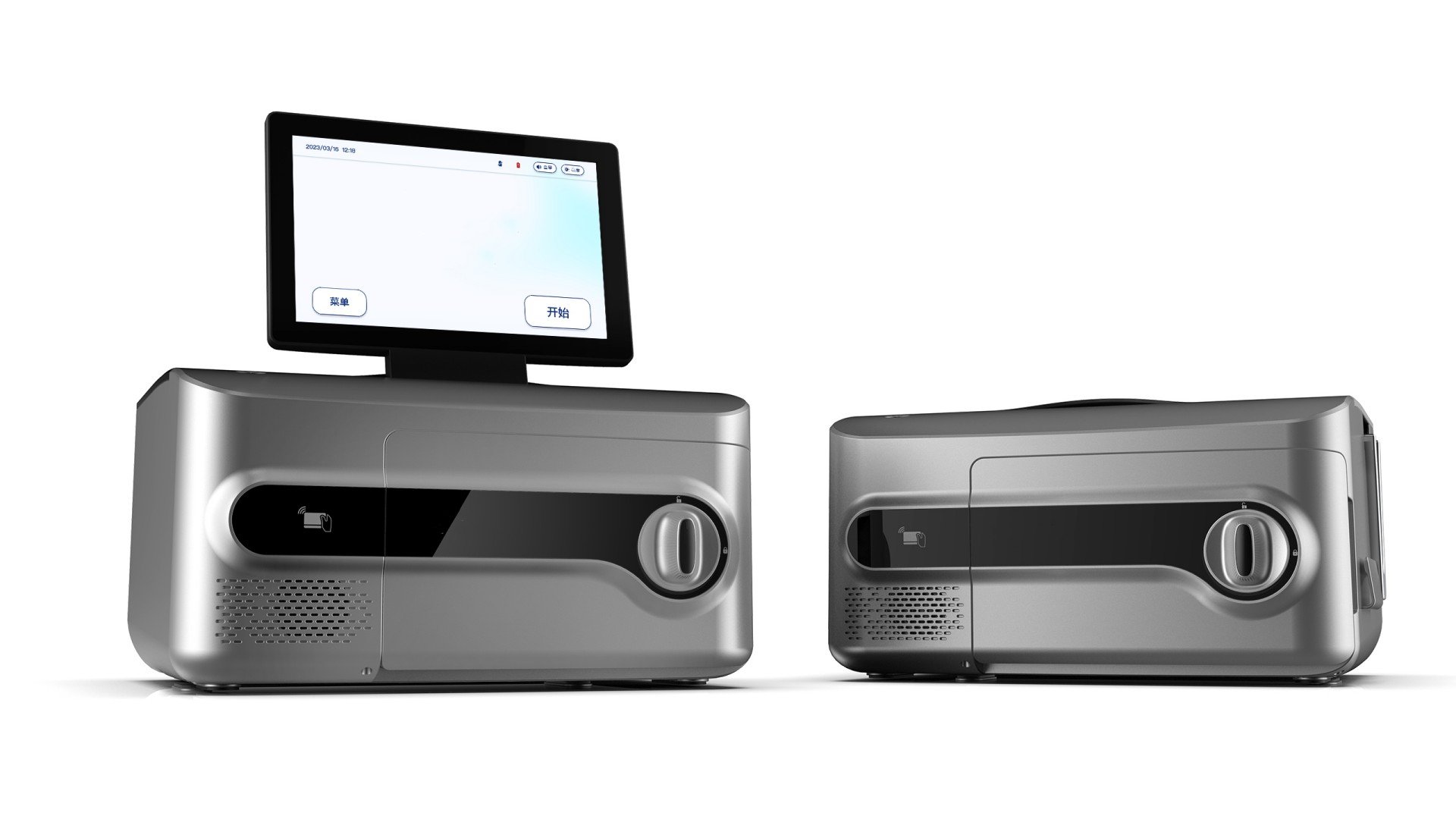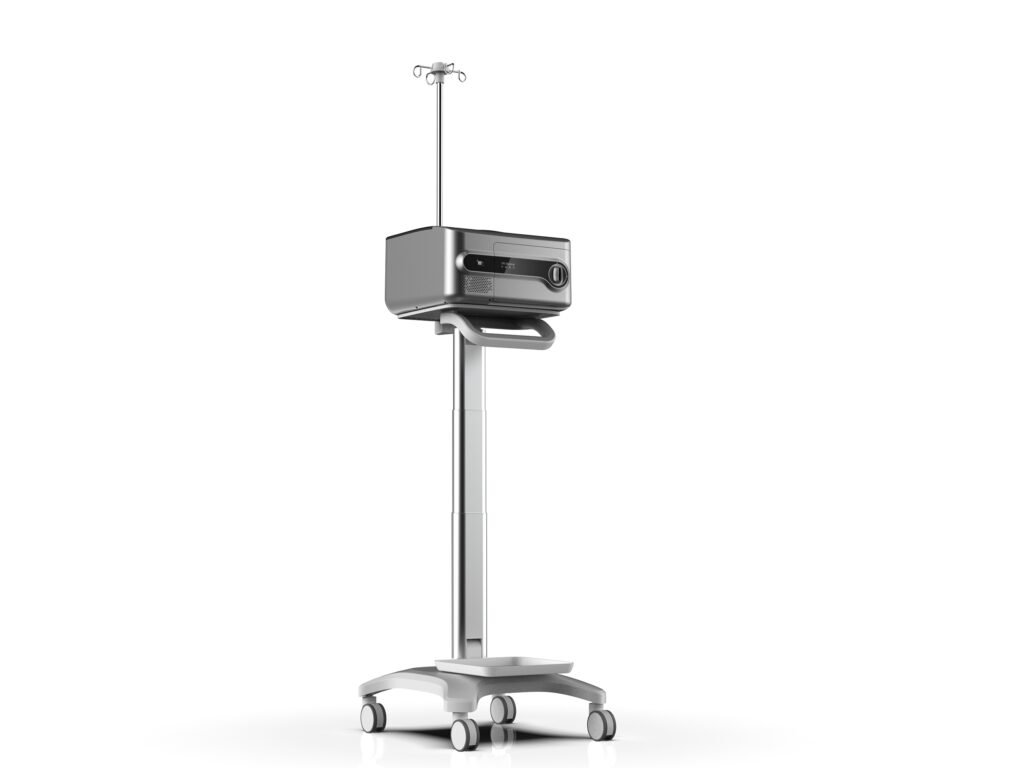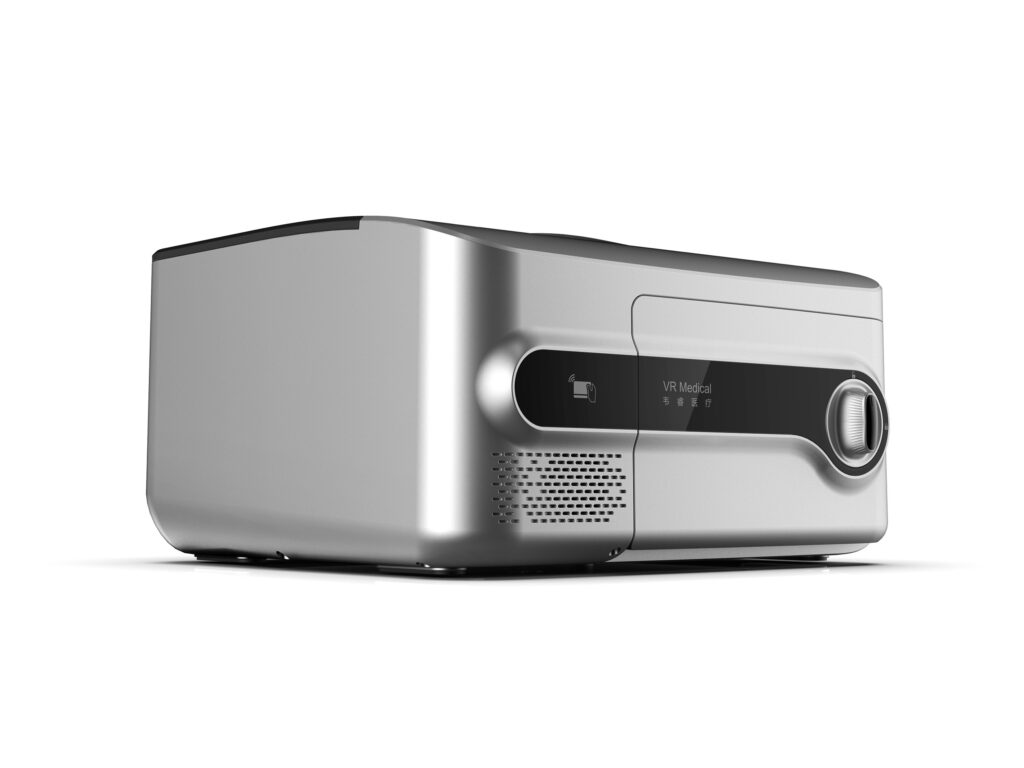Peritoneal Dialysis Machine
Introduction
In the realm of home healthcare, empowering patients with the tools to manage their treatments independently is crucial. Our latest project, the Peritoneal Dialysis Machine, embodies this philosophy by offering patients a compact, convenient, and user-friendly solution for dialysis at home.
Project Objectives
The primary objective was to design a peritoneal dialysis machine that could seamlessly integrate into a home environment. The machine needed to be intuitive enough for patients to use without professional assistance, yet sophisticated enough to ensure safe and effective treatment.
Design and Development Process
Our journey began with an in-depth strategy research phase, where we analyzed the needs of home dialysis patients and the challenges they face. This informed our product design, focusing on a sleek and compact appearance that fits comfortably in any home setting.
The structural design was meticulously crafted to support a unique tubing system, allowing patients to complete the setup with a single step. This innovation was paired with a groundbreaking interactive experience, enabling users to perform medical procedures with confidence and ease.

Challenges and Solutions
One of the key challenges was ensuring the machine’s usability for patients with varying levels of technical proficiency. To address this, we developed an intuitive user interface with clear instructions and feedback mechanisms. The product’s motion design further enhanced user engagement, providing visual cues that guide the patient through each step of the process.
Final Product Features
The Peritoneal Dialysis Machine stands out for its compact design, making it ideal for home use. Its ease of operation is a testament to our commitment to user-centered design. The innovative tubing system and interactive interface empower patients to manage their dialysis treatment independently, transforming their healthcare experience.

Impact and Results
The introduction of this machine has significantly improved the quality of life for patients, offering them the freedom to perform dialysis in the comfort of their homes. Feedback from users highlights the product’s user-friendliness and reliability, marking it as a successful addition to home healthcare solutions.
Conclusion
This project underscores our dedication to designing medical devices that enhance patient autonomy and improve healthcare accessibility. The Peritoneal Dialysis Machine is not just a product; it’s a step towards a future where patients are empowered to take charge of their health with confidence.
Visuals


